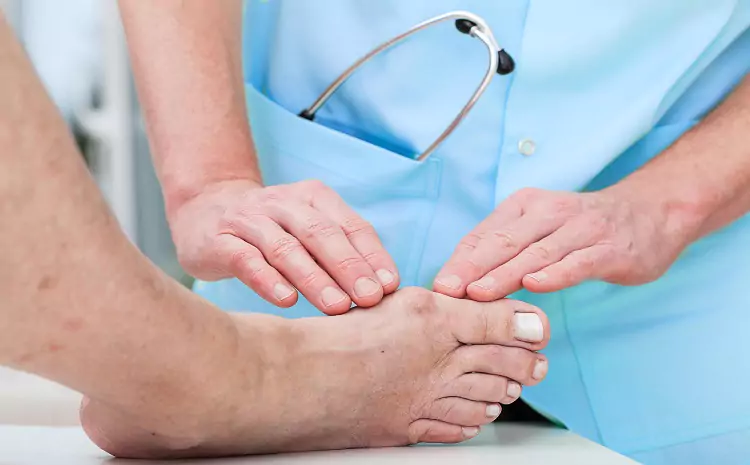If you feel like stepping on a pebble every time you put on your favorite pair of shoes, you may have Morton’s Neuroma. It is a foot condition that can cause a lot of discomfort, especially when you walk.
Cryosurgery, also known as cryotherapy procedure, is one modern treatment that has given many patients relief from foot pain.
In this article, we’ll discuss what to expect during cryosurgery for Morton’s Neuroma so you can stride forward with confidence.
Let’s dive in!
Understanding Cryosurgery for Morton’s Neuroma
Cryosurgery, or neuroma freezing, is a minimally invasive treatment designed to shrink Morton’s Neuroma and alleviate the associated foot pain.
By using cold temperatures to damage the unwanted tissue, it deactivates the troublesome nerve that is causing you pain. This method is known for its foot pain relief benefits. It’s an alternative to more traditional surgical interventions, which might involve a longer recovery.
Before the Procedure: Getting Ready
Preparing for your cryotherapy procedure is straightforward and doesn’t usually require much from you as a patient.
Avoiding certain medications that can thin your blood, like aspirin, may be recommended. This will minimize the risk of bleeding.
Your doctor will give you specific instructions based on your health history. Make sure to ask any questions you may have before the procedure.
It is also essential to have practical arrangements in place. This includes arranging for transportation to and from the clinic, as well as someone to assist you at home during your recovery period.
During the Procedure: What Happens?
The cryosurgery process is generally quick and is performed under local anesthesia. This means you’ll be awake, but the area being operated on will be numb. Your doctor will use a probe to deliver extremely cold temperatures directly to the neuroma, essentially “freezing” it.
You might feel some pressure or a cold sensation, but it shouldn’t be painful.
The entire process can be completed in less than an hour. Since it’s typically done on an outpatient basis, you can go home shortly afterward.
After the Procedure: The Recovery Journey
After undergoing cryosurgery, your foot will be numb from the anesthesia for a few hours. There might be some soreness as this wears off, but patients generally report less pain than other surgery types. You’ll need to rest your foot and avoid putting weight on it for a day or two.
To aid your recovery, follow your doctor’s instructions. This may include:
- Elevating your foot
- Applying ice to reduce swelling
- Keeping your foot clean and dry
- Taking prescribed pain medication
Final Results
Cryosurgery for Morton’s Neuroma is often successful in providing long-term relief from foot pain. However, it’s important to note that results may vary from person to person.
In some cases, additional treatments or physical therapy may be recommended for optimal recovery. Having realistic expectations and communicating openly with your doctor throughout the process is crucial.
Moreover, wearing properly fitting shoes and following proper foot care techniques post-surgery can help prevent a recurrence of Morton’s Neuroma.
Have a Pain-Free Future With Cryosurgery for Morton’s Neuroma
Cryosurgery for Morton’s Neuroma is an effective treatment option. It offers patients a quicker recovery time and less pain than traditional surgical methods. By understanding the procedure and following your doctor’s instructions, you can recover smoothly and enjoy long-term relief from foot pain.
Don’t let Morton’s Neuroma hold you back any longer! Take the first step towards a pain-free future with cryosurgery!
Was this article helpful? If so, check out the rest of our site for more informative articles.

Mark Thompson, a seasoned pest controller, is renowned for his expertise in keeping homes and businesses free from unwanted intruders. With a passion for environmental sustainability and a deep understanding of pest behavior, Mark has become a trusted authority in the industry.
